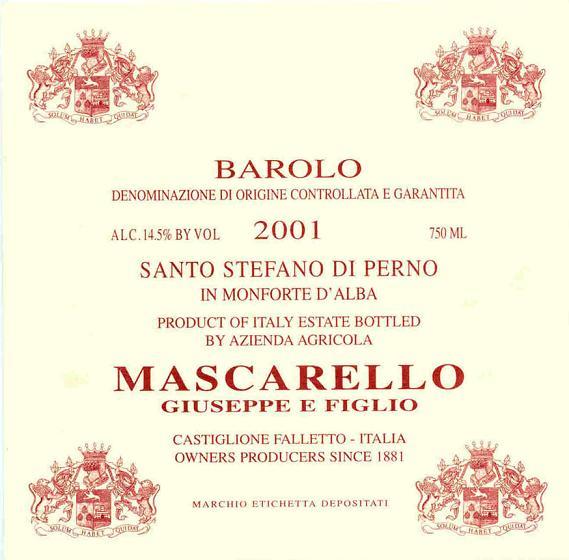2001 Barolo Red Blend
Mascarello Giuseppe E Figlio Santo Stefano di Perno is an exquisite red blend from the esteemed Barolo region, hailing from the celebrated vintage of 2001. This wine captivates with its deep ruby color, hinting at the rich complexity within. On the palate, it presents a full-bodied character, complemented by vibrant acidity that adds a lively edge to the experience. The fruit intensity is prominent, showcasing luscious notes of dark cherry and plum, intertwined with subtle hints of earthy undertones and tobacco. Tannins are firm yet well-integrated, providing a structured backbone that enhances the wine's age-worthiness, while the dryness level results in a beautifully balanced finish. This enchanting blend exemplifies the elegance and artistry of Barolo winemaking, making it a delightful choice for any wine enthusiast.
Mascarello Giuseppe E Figlio Santo Stefano di Perno is an exquisite red blend from the esteemed Barolo region, hailing from the celebrated vintage of 2001. This wine captivates with its deep ruby color, hinting at the rich complexity within. On the palate, it presents a full-bodied character, complemented by vibrant acidity that adds a lively edge to the experience. The fruit intensity is prominent, showcasing luscious notes of dark cherry and plum, intertwined with subtle hints of earthy undertones and tobacco. Tannins are firm yet well-integrated, providing a structured backbone that enhances the wine's age-worthiness, while the dryness level results in a beautifully balanced finish. This enchanting blend exemplifies the elegance and artistry of Barolo winemaking, making it a delightful choice for any wine enthusiast.




